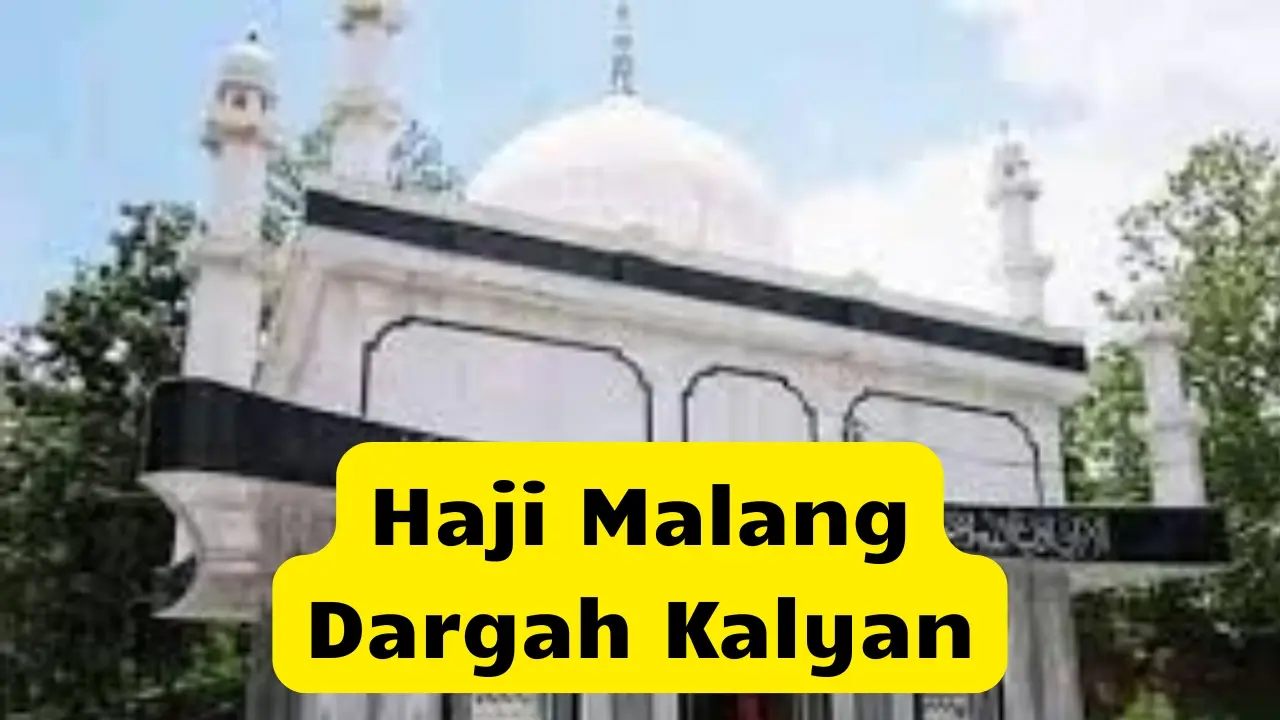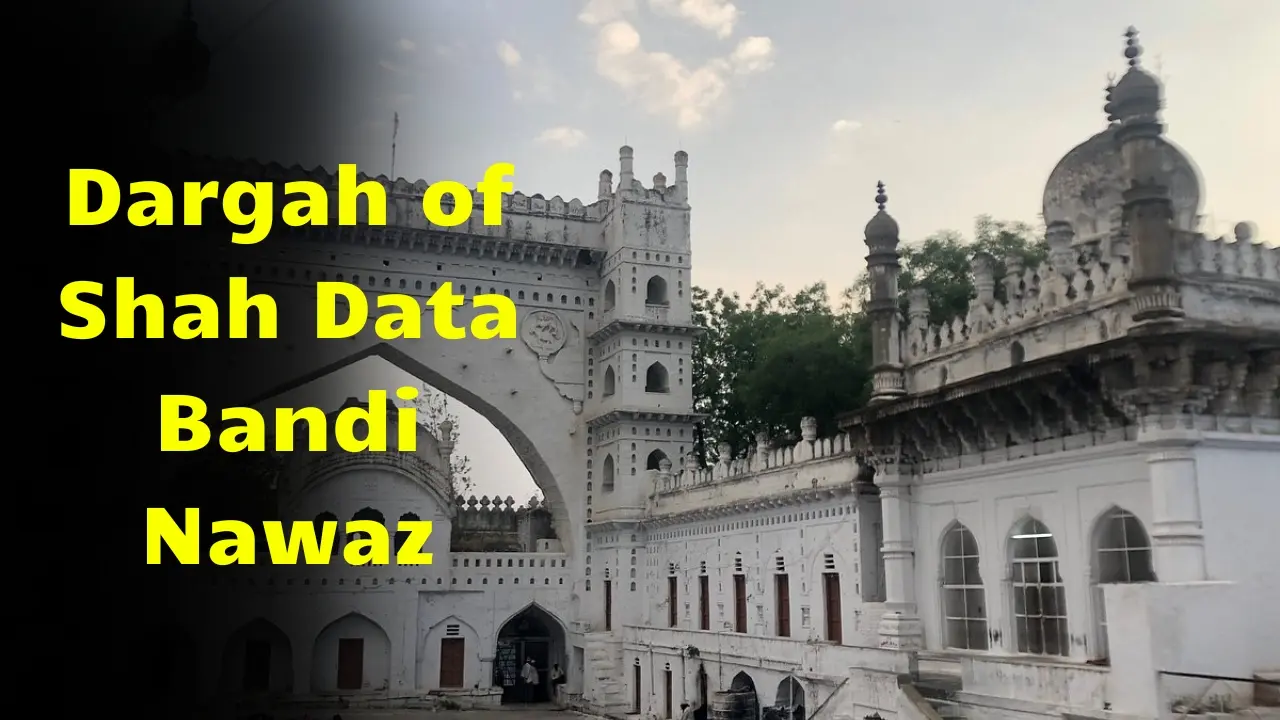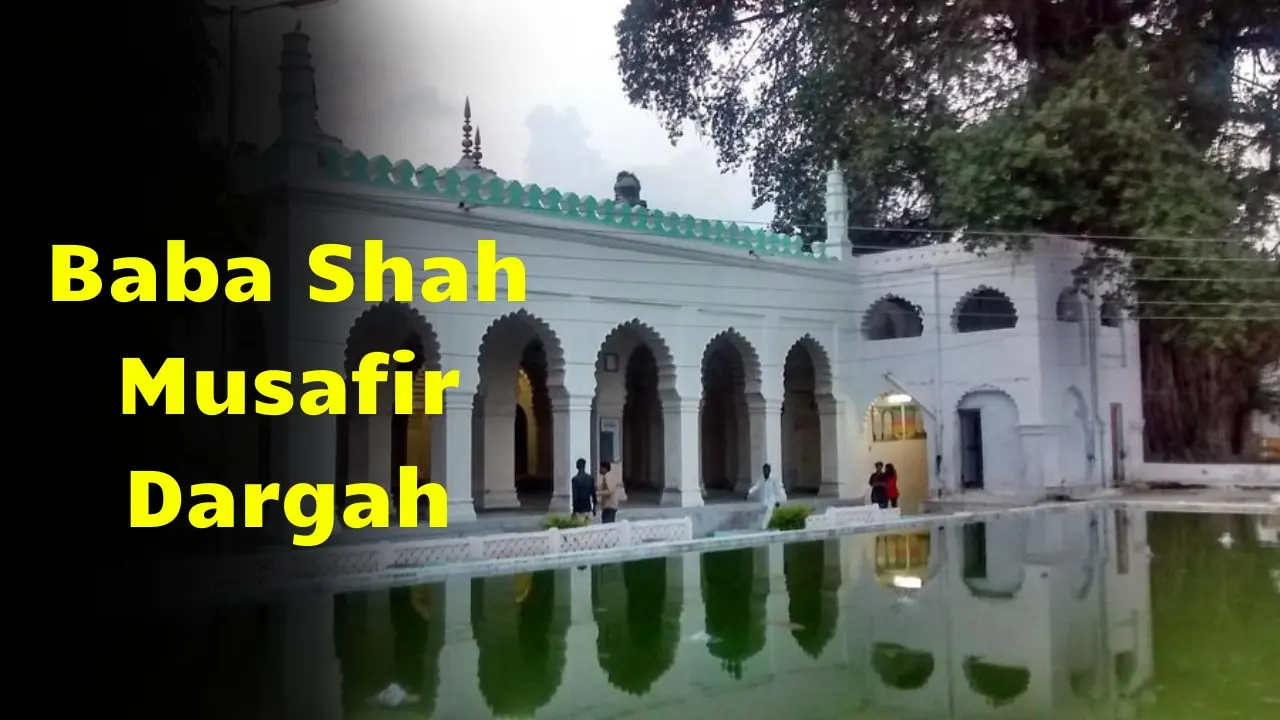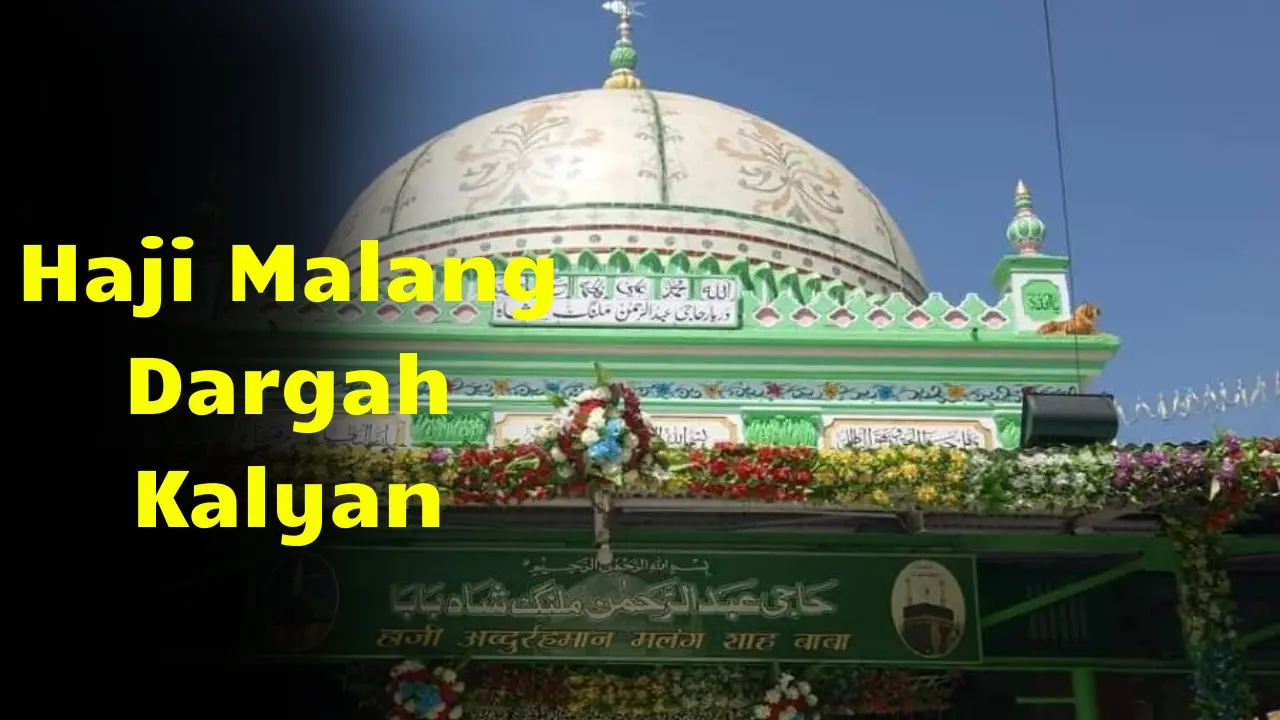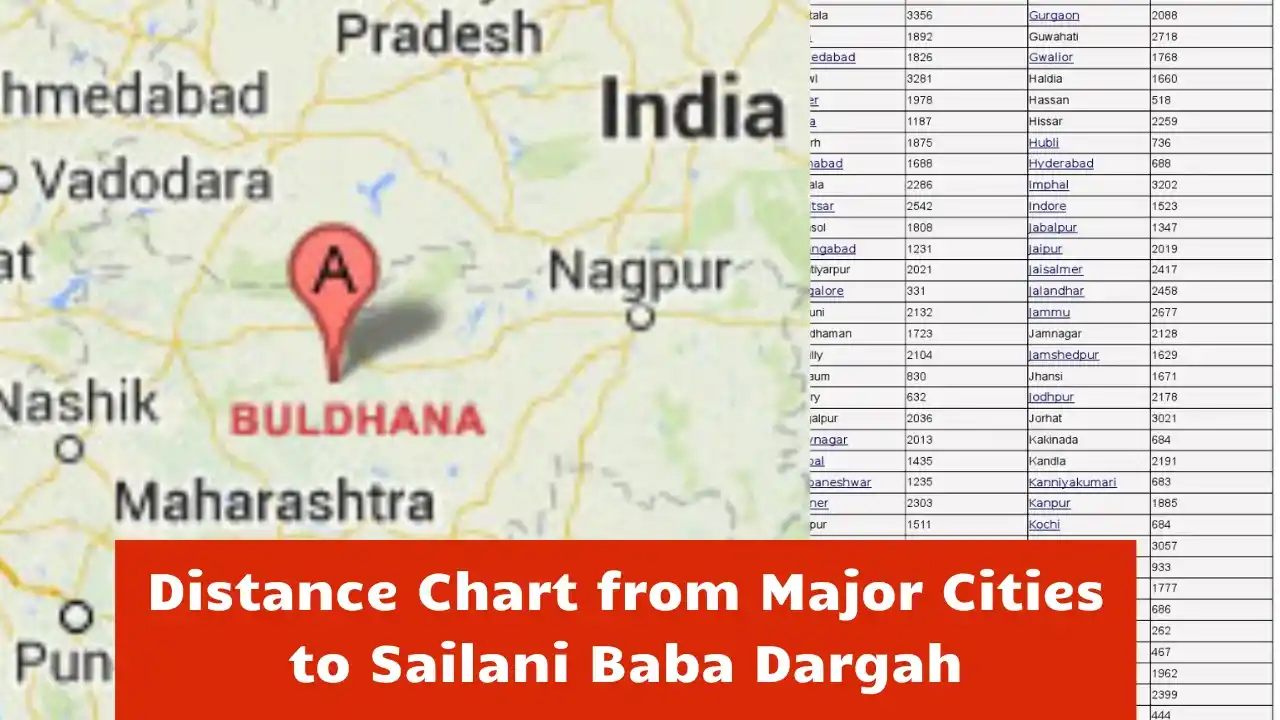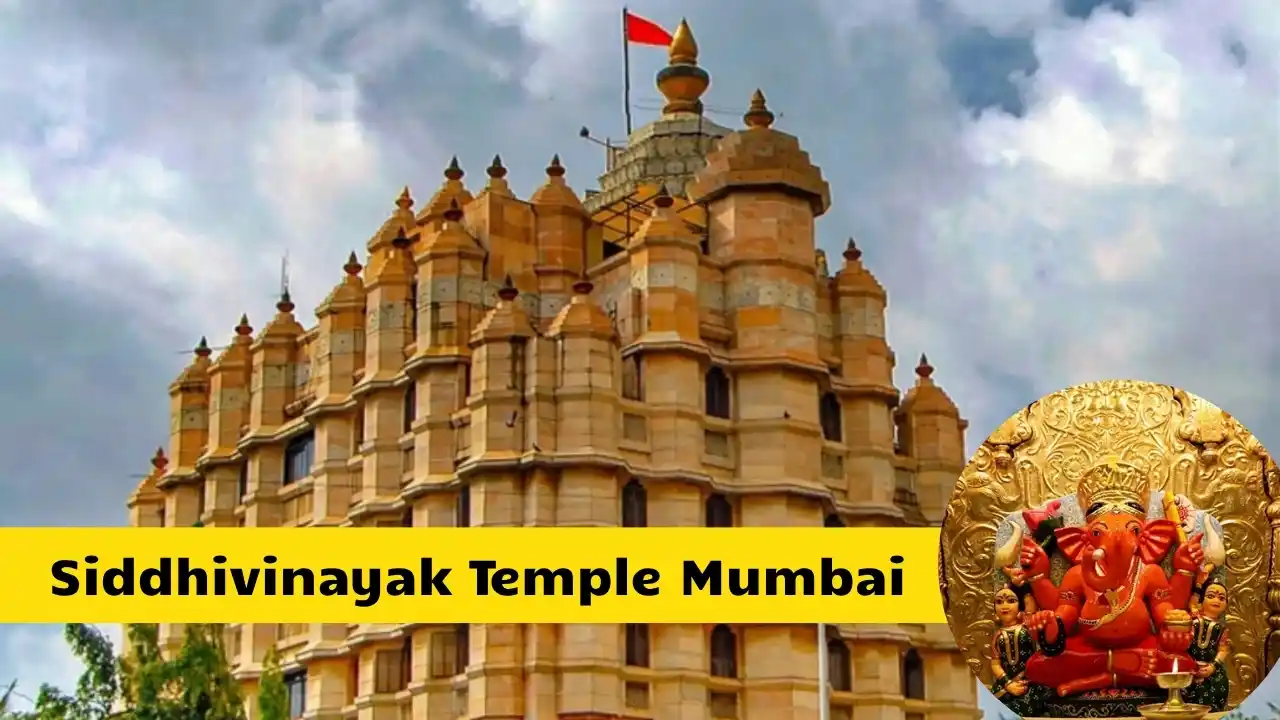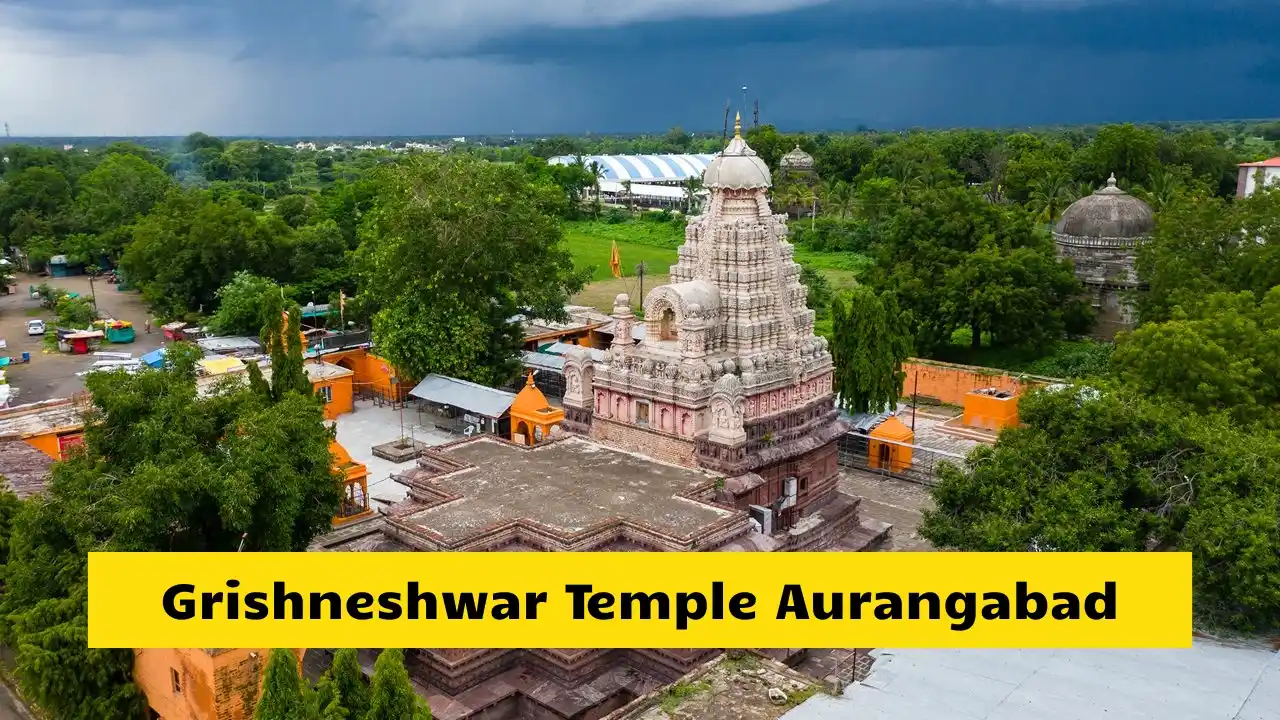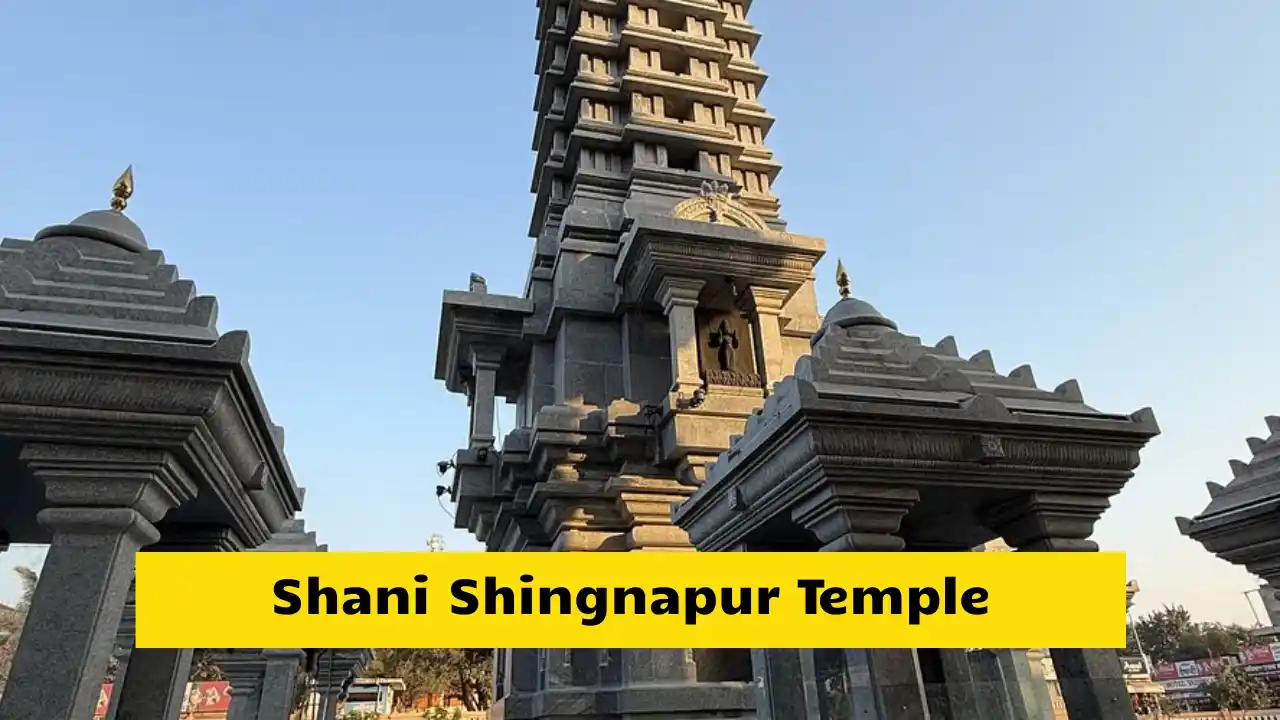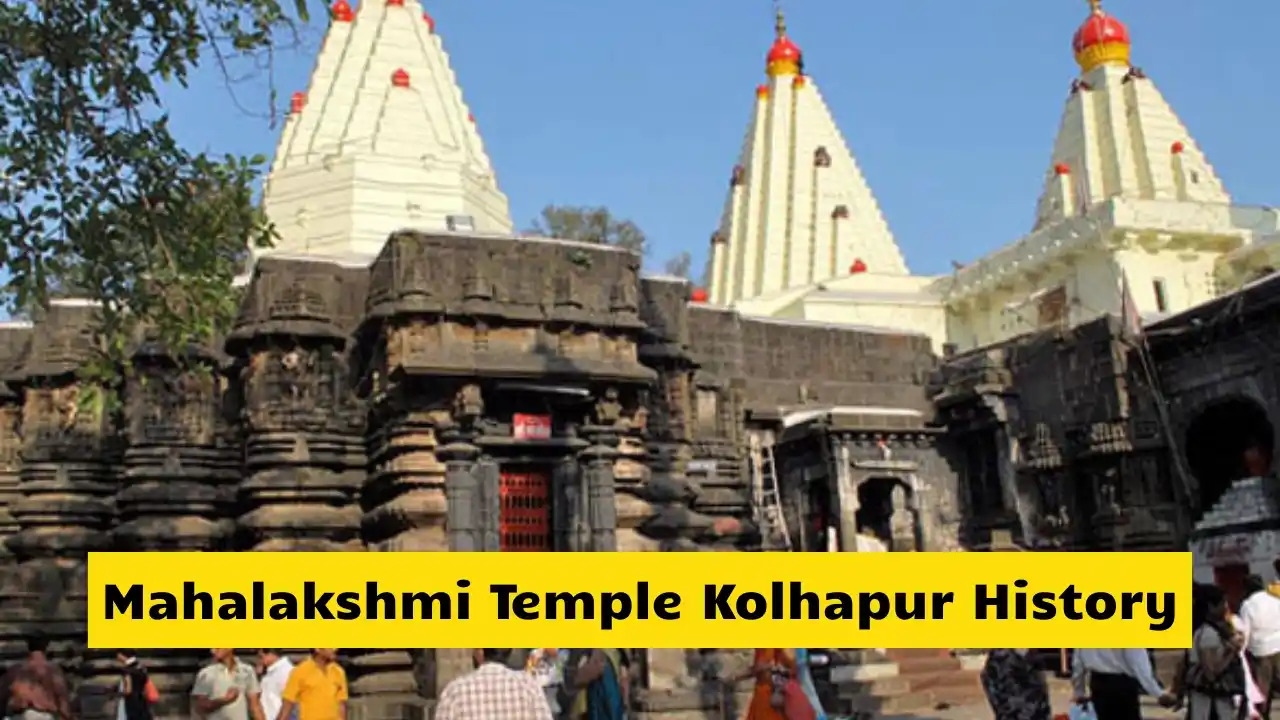Hazrat Nizamuddin Dargah in Delhi is one of the most famous and visited Sufi shrines in India. It is the resting place of the great Sufi saint Hazrat Nizamuddin Auliya, who spread the message of love, peace, and brotherhood. Located in the Nizamuddin West area near Humayun’s Tomb, this Dargah is a calm and spiritual center in the busy capital city. Every week thousands of devotees, tourists, and music lovers come here to pray and experience the power of faith and Sufi music.
History of Hazrat Nizamuddin Auliya
Hazrat Nizamuddin Auliya was born in 1238 AD in Badayun, Uttar Pradesh. He became one of the most respected Sufi saints of the Chishti order. His life was dedicated to helping the poor and guiding people toward the path of peace. He taught that true worship means love for all and service to humanity. During his lifetime, many kings and scholars came to seek his blessings, but he always lived a simple life. After his death in 1325 AD, his followers built this Dargah, which remains a place of devotion and inspiration for people of every religion.
Architecture and Location
The Dargah is a fine example of Indo-Islamic architecture. The main tomb is covered with a large dome made of white marble and decorated with beautiful carvings. Inside, the saint’s grave is covered with a green and gold chadar and surrounded by marble screens. The narrow lanes leading to the Dargah are filled with small shops selling flowers, chadars, and rose water for offerings. The Dargah complex also includes other tombs, small mosques, and courtyards. The peaceful lights, sound of qawwali, and fragrance of incense make it one of the most spiritual places in Delhi.
Significance of the Dargah
Hazrat Nizamuddin Auliya is known as the “Saint of Delhi.” He taught people to live with kindness, honesty, and equality. His message of “love for all and hate for none” still guides millions. The Dargah symbolizes India’s Sufi heritage where faith goes beyond religion. Devotees believe that sincere prayers made here never go unanswered. Visitors from all parts of the world come to feel the saint’s blessings and find peace in the middle of the busy city.
Famous Legends and Miracles
Many stories of faith are connected with this Dargah. One popular story tells about Sultan Ghiyasuddin Tughlaq, who once tried to punish the saint. Nizamuddin Auliya calmly said, “Delhi is still far,” and before the king could return to Delhi, he died in an accident. The saying “Delhi abhi door hai” (Delhi is still far) became famous in Indian language and culture. Another story says that a dry well near the Dargah became full of water through the saint’s prayers. These legends show his spiritual strength and deep connection with God.
Daily Prayer Routine
The Dargah opens early in the morning and remains open till late evening. Devotees can visit between 5:00 AM and 10:00 PM. The daily routine includes the five Islamic prayers, lighting of lamps, and recitation of verses from the Quran. Visitors offer flowers and chadars on the tomb. The most peaceful time to visit is early morning, while evenings are lively with qawwali and crowds. Thursday evenings are considered the most special because devotees believe the saint’s blessings are strongest on that day.
Qawwali and Sufi Music
Hazrat Nizamuddin Dargah is world-famous for its qawwali performances. Every Thursday evening, talented singers perform devotional songs in the courtyard. The music is full of love and emotion and takes the listener into a spiritual state. The words of the qawwalis praise God and saints like Nizamuddin Auliya and his disciple Amir Khusrau. The sound of the tabla, harmonium, and clapping fills the night air with devotion. Many visitors, including foreigners, sit quietly for hours listening to this soul-touching music.
Amir Khusrau’s Connection
Amir Khusrau, the great poet and musician, was a close disciple of Hazrat Nizamuddin Auliya. He introduced new forms of Indian classical music and Sufi poetry. His tomb is also located inside the same Dargah complex. Devotees often visit both tombs together, believing that their bond continues even after death. The presence of Amir Khusrau adds literary and musical importance to the Dargah, making it a center of both spirituality and culture.
Festivals and Urs Celebration
The Urs or death anniversary of Hazrat Nizamuddin Auliya is celebrated every year with great devotion. It takes place during the Islamic month of Rabi-ul-Awwal. The Dargah is decorated with flowers and lights, and qawwalis continue for several days. Free food and sweets are served to thousands of devotees. Another Urs is held for Amir Khusrau, his beloved disciple, around the same time. During Urs, people from all religions and backgrounds come together to celebrate the spirit of love and unity.
Entry Rules and Dress Code
The Dargah is open to all, regardless of religion, caste, or gender. There is no entry fee. Visitors must remove footwear before entering the inner area and cover their heads as a mark of respect. Men can wear caps or scarves, and women should cover their heads with a dupatta. Modest dressing is advised. Photography is allowed only in the outer area and not near the tomb. Silence should be maintained inside the sanctum.
How to Reach Hazrat Nizamuddin Dargah
The Dargah is located near Nizamuddin West, about 2 km from the Nizamuddin Railway Station and close to Humayun’s Tomb. It can be reached easily by metro, auto-rickshaw, or taxi. The nearest metro station is JLN Stadium on the Violet Line. Buses from central Delhi and South Delhi also stop nearby. The Dargah is open all week, but Thursday evenings and festive days are most crowded.
Best Time to Visit
The best time to visit the Dargah is from October to March when the weather is pleasant. Evening visits are most beautiful because the Dargah glows with lamps and the sound of qawwali fills the air. Avoid visiting during heavy rains because the narrow lanes can get slippery. Fridays and Sundays are also busy, so early morning is best for quiet prayer.
Community Service and Langar
One of the special traditions at the Dargah is the community kitchen or langar. Volunteers prepare vegetarian food that is served free to everyone. This reflects the saint’s message of equality and service. Visitors can also donate grains, oil, or money to help continue this service. The spirit of giving is visible in every corner of the Dargah.
Importance for Delhi and India
Hazrat Nizamuddin Dargah is not just a religious site; it is a living example of India’s composite culture. It stands as a bridge between faiths and communities. People from different backgrounds come here with one purpose—to find peace. The Dargah reminds every visitor that humanity is above all divisions. It is one of Delhi’s greatest symbols of love and spiritual strength.
Tips for Visitors
Visitors should respect the sanctity of the place by keeping mobile phones on silent. Avoid buying costly items from unauthorized sellers outside the shrine. Carry light offerings like flowers or incense. Do not push or rush inside the narrow lanes. If you visit at night, stay with the crowd for safety. Respect local customs and follow instructions from caretakers or volunteers.
Conclusion
Hazrat Nizamuddin Dargah is a timeless place where the soul finds peace beyond words. Its history, music, and message continue to inspire millions. The sound of qawwali, the glow of lamps, and the scent of roses create an experience that stays in the heart forever. The saint’s teachings of love and kindness are as relevant today as they were 700 years ago. Just like Sailani Baba Dargah in Maharashtra and Ajmer Sharif in Rajasthan, Nizamuddin Dargah in Delhi stands as a shining symbol of India’s Sufi tradition and its message of unity through faith.

